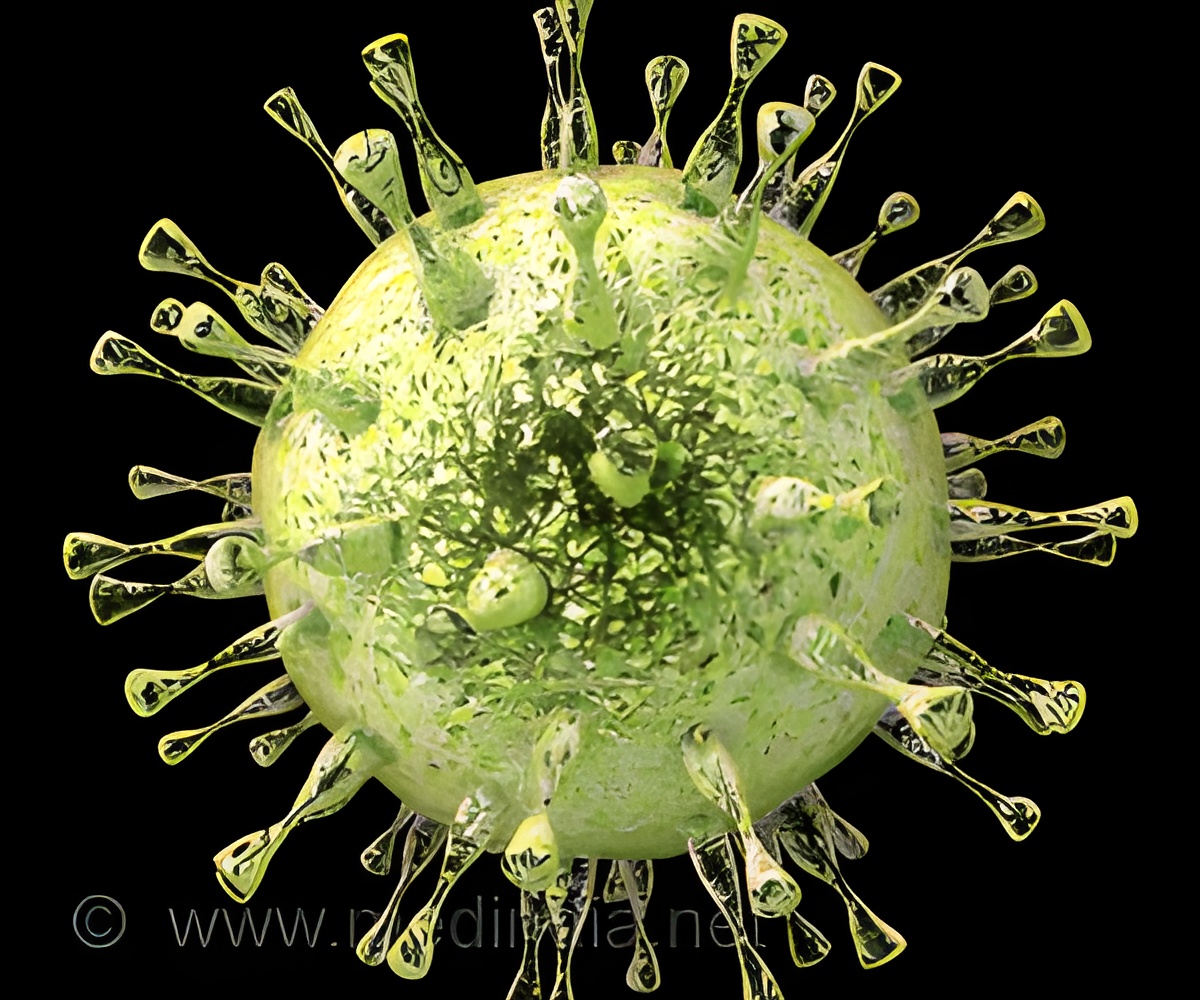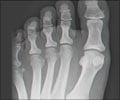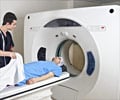Imaging tools like X-rays and MRI have revolutionized medicine by giving doctors a close up view of the brain and other vital organs in living, breathing people.

"We can use this technology to visualize metabolic activities in a wide range of animals," said the study's senior author Wei Min, a chemistry professor at Columbia University. "By tracking where and when new proteins, lipids and DNA molecules are made, we can learn more about how animals develop and age, and what goes wrong in the case of injury and disease."
The breakthrough involves the use of heavy water as a chemical tracer. Made by swapping water's hydrogen atoms with their heavier relative, deuterium, heavy water looks and tastes like regular water and in small doses (no more than five tablespoons for humans) is safe to drink. Once metabolized by cells in the body, heavy water is incorporated into newly made proteins, lipids and DNA, where the deuterium forms chemical bonds with carbon.
When these carbon-deuterium bonds are hit with light, they vibrate at varying frequencies, the researchers discovered, allowing each macromolecule to be identified as a protein, lipid or DNA. From these frequency signatures, they could track the growth of new proteins, lipids and DNA in the animal's brain, skin, gut and other organs.
Though heavy water is already used to label proteins and lipids to track metabolic changes, analysis is currently done on a mass spectrometer, on cells extracted from the body. This method now makes it possible to visualize subcellular changes in real time and space. "We get a continuous picture of what's happening inside living animal cells. Previously, we had only a snapshot," said the study's co-lead author, Lingyan Shi, a postdoctoral researcher at Columbia.
In the study, the researchers diluted regular water with D2O and gave it to roundworms, mice and zebrafish embryos to drink. Aiming the SRS laser at a variety of tissue, they watched over hours and days as new deuterium-tagged proteins, lipids and DNA built up.
Advertisement
The experiments also offered new insights into cell development and aging.
Advertisement
*In the developing brains of baby mice, they observed the formation of a layer of insulating fat, called the myelin sheath, around each cell. Watching the process in real time suggested to the researchers that deuterium-labeled SRS imaging could be used to tell if a child's brain is developing properly, or if patients suffering from multiple sclerosis, a disease that attacks the brain's myelin and disrupts information flow, might be recovering.
*In the sweat gland cells of mice, they watched as new lipids formed in cells at the outer edges of the sweat glands, pushing older cells inward. When those old cells finally reached the center of the glands, they died and were expelled in a process thought to moisturize the skin and hair above.
"The beauty of this mapping method is its simplicity," says Eric Potma, a chemistry professor at University of California at Irvine who was not involved in the study. "It produces vivid images of metabolic activity in tissues with seemingly minimal effort. As the SRS microscope continues to get smaller, deuterium-labeled SRS imaging may help to catch tumors at much earlier stages."
Acting on a hunch that the element hydrogen came in a heavier form, Harold Urey, then a chemistry professor at Columbia, succeeded in separating deuterium from liquid hydrogen in 1931. The discovery won him a Nobel Prize in chemistry three years later. In addition to serving as a tracer in mass spectroscopy, deuterium today is used to track changes in ocean circulation, study the formation of stars, and modulate chemical reactions in making nuclear power.
Source-Eurekalert











